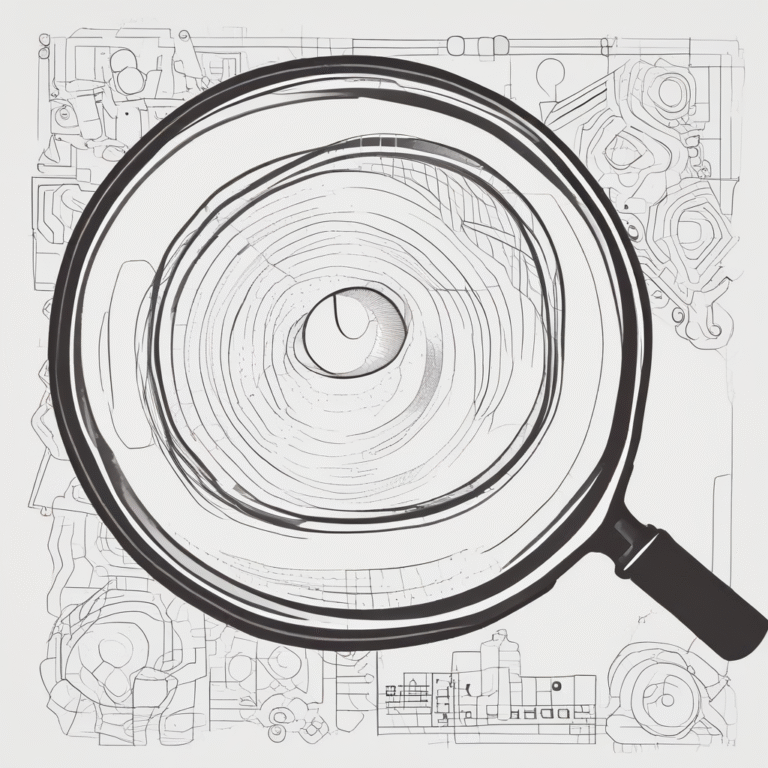EU Commission Clarifies Definition of AI Systems
The European Commission has recently published guidelines that provide a detailed clarification of the definition of AI systems under the AI Act. These guidelines analyze each component of the definition, provide relevant examples, and specify which systems may fall outside this definition. Although non-binding, this guidance serves as a valuable resource for organizations to determine their compliance with the AI Act.
Key Components of the AI Act’s Definition of AI Systems
Article 3(1) of the AI Act defines an AI system as follows:
“AI system means a machine-based system that is designed to operate with varying levels of autonomy and that may exhibit adaptiveness after deployment, and that, for explicit or implicit objectives, infers, from the input it receives, how to generate outputs such as predictions, content, recommendations, or decisions that can influence physical or virtual environments.”
The EU Commission identifies seven critical components of this definition:
1. AI Systems Are Machine-Based Systems
The guidelines clarify that the term “machine-based” refers to systems integrating both hardware and software components that enable functionality. These systems must be computationally driven and based on machine operations.
2. AI Systems Must Have Some Degree of Autonomy
According to Recital 12 of the AI Act, AI systems should exhibit independence from human involvement. This excludes systems that operate solely under full manual human intervention, whether direct or indirect. The ability to infer outputs is crucial for achieving autonomy.
3. AI Systems May Adapt After Deployment
The definition indicates that AI systems may show adaptiveness post-deployment. This refers to self-learning capabilities that allow a system’s behavior to evolve while in use. However, adaptiveness is not a mandatory requirement for a system to be classified as an AI system under the AI Act.
4. AI Systems Are Designed to Operate According to Objectives
The guidelines state that the objectives of an AI system can be explicit (clearly defined by the developer) or implicit (deduced from the system’s behavior). These objectives are internal to the system, distinguishing them from the intended purpose, which is externally oriented.
5. AI Systems Must Be Capable of Inferring Outputs
This component is pivotal in distinguishing AI systems from simpler software. The definition aims to differentiate AI from traditional programming approaches. The guidelines clarify how to assess a system’s capacity to infer outputs, providing examples of systems that do not qualify as AI.
Systems that do not infer outputs or have limited pattern analysis capabilities are not classified as AI under the AI Act. Examples of non-AI systems include:
- Systems improving mathematical optimization, like programs optimizing bandwidth allocation.
- Basic data processing tools like database management programs.
- Classical heuristics, such as chess programs evaluating board positions without learning.
- Simple prediction systems that use basic statistical methods for forecasting.
6. AI System’s Outputs Must Influence Environments
The EU Commission describes outputs of AI systems, such as predictions, content creation, recommendations, and decisions, emphasizing that these outputs can be more nuanced than those from traditional systems.
7. AI Systems Must Interact with the Environment
This definition highlights that AI systems are active participants in their environments, capable of influencing both physical objects and virtual settings.
Conclusion: Next Steps for Organizations
Organizations must assess whether and how the AI Act applies to their products and operations. This evaluation should align with the definition of AI systems as outlined in the guidelines, particularly regarding the inference capacity component. It is recommended that both legal and technical teams collaborate on this assessment to ensure compliance.










